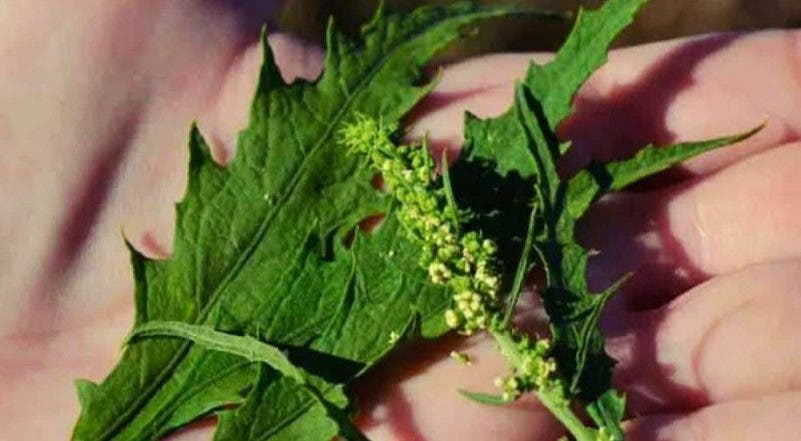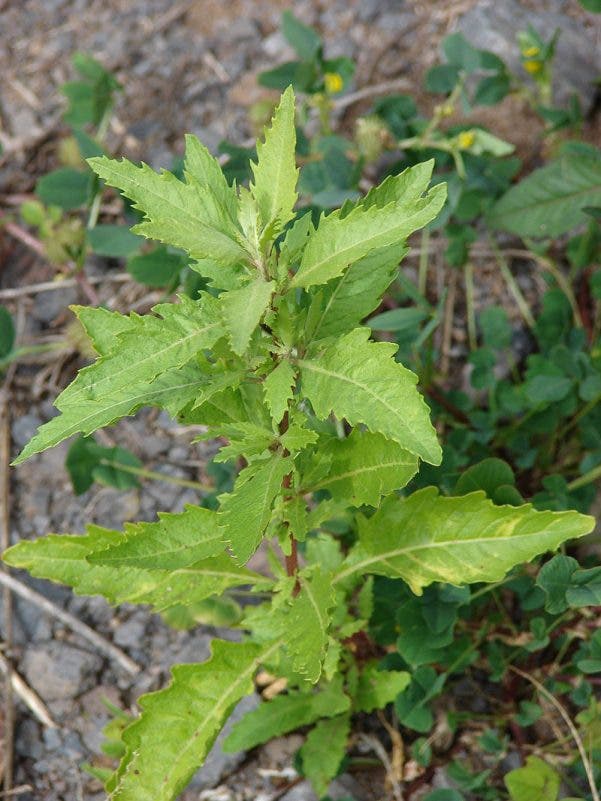The paico or espazote is a medicinal plant with interesting properties for both internal and external health.
To avoid confusion, it is best to recognize it by its scientific name: Chenopodium ambrosioides. It is a perennial herbaceous plant, very branched at the base, which can reach 1 m in height. Its leaves are simple, alternate and dark green and its small green flowers grouped in dense spikes. The whole plant gives off a strong characteristic odor.
Parts used: leaves and berries (fruits)
Contents
What is the paico used for?
Pharmacological studies indicate its use as an antiulcer, antimalarial, hypotensive, muscle relaxant, cardiac depressant, antibacterial and antifungal.
internally:
- Treatment of intestinal worms, due to its pest control action
- Elimination of fungal or bacterial infections, since it has antiseptic effect
- fight digestive problems increasing gastric juice
- Versus constipationby increasing intestinal secretion and contractility
- Anti-inflammatory and anti-rheumatic action
- expectorant effect in respiratory diseases, as it stimulates the movement of the bronchi and the secretion of mucus
externally:
Paico also has benefits for the skin, it has emollient action, which helps with wound healing and skin irritation. He is antibacterial and antiviral.
In compresses it helps to relieve inflammations caused by bruises or blows.
Due to its strong smell, it is useful as an insect repellent, even for the treatment of Pediculosis.

Precautions for use
Its essential oil in high doses is very toxic, especially in sick people, the most frequent symptoms being: nausea, vomiting, CNS depression, liver and kidney damage (reversible nephritic syndrome), deafness, visual disturbances, convulsions, coma and cardiorespiratory failure.
In high doses, the properties of paico can act by altering the contractility of the muscles of the body, so it can have an abortifacient effect in some people, its use being not recommended for pregnant women.

Its use is therefore contraindicated in pregnant women, nursing mothers and children up to 3 years old or people with liver, kidney and hearing diseases.
However, clinical trials with extracts made from the aerial parts have not produced toxic effects in humans.
How to use paico
What local anti-inflammatory, use 3 tablespoons of chopped fresh plant. It must first be ground with a mortar, then put on a cloth and applied to the affected area, 2 times a day.
For lice treatment An infusion can be made to rinse the hair or incorporated into soap or shampoo.
For the colds and flu It is recommended to take a dessert spoon in a cup of water, 2 cups a day for 10 days.
Paico infusion, that’s how we prepare it
In a kettle with 500 ml of boiling water, put 5 g of dried plant, then leave to infuse for 10 minutes. If the treatment is antiparasitic, the ideal would be not to sweeten the infusion.
ecoportail.net
Source
